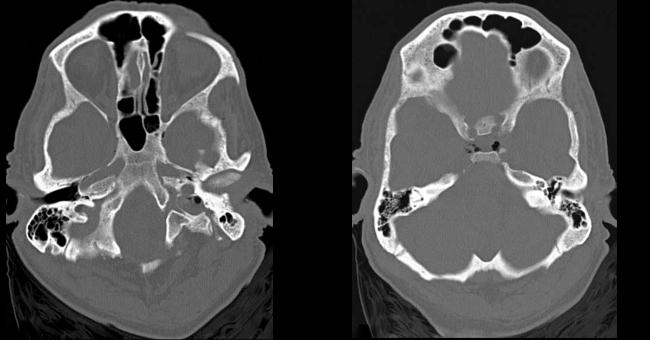
Delirium is an independent predictor of higher mortality. It can be considered a vital sign in the elderly, alerting us to look for serious underlying problems just as we would with hypotension, tachycardia, or fever. It is critical to identify delirium in the ED. Sometimes all the history we can obtain is “Grandma just hasn’t been acting herself,” and it is left up to us to figure out why she is altered, and what should be done next. Alternatively, what is perceived as “AMS” may not actually have a change in mentation, and instead may be an inability to carry out their usual activities due to a loss of higher executive function, decreased coordination, vision loss, depression, or stroke to name a few. The patient with delirium may also have a change in cognition that can manifest in different ways, including disorientation, disorganized thinking, and alterations in perception. The patient may be suffering acute brain dysfunction,which involves a changed level of alertness and attention (coma, stupor, delirium). Coma and stupor are usually obvious, but we frequently fail to explicitly identify the presence of delirium in the ED, particularly the hypoactive form. It is important to try to identify in what way the mental status is “altered”.
#A PATIENT WITH AN ALTERED MENTAL STATUS IS FULL#
“AMS” itself can be a misleading and over-general term. While the full assessment of AMS is beyond the scope of this post, 1 a few points are worth mentioning. This post outlines a time-based approach and suggests 10 tips to avoid “rookie mistakes” in dealing with elderly patients presenting with AMS. Developing a differential diagnosis for an elderly patient with AMS using the traditional ‘worst-first’ frameworks can be difficult, because of the breadth of presentations that are lumped under AMS, as well as its myriad causes.

“AMS”, along with the ever-popular “weak and dizzy” and “pain all over” is a chief complaint that creates challenges because of its vague, non-specific nature. He is followed by a 76 year-old female who had a fall from standing three days ago, and has been increasingly confused today, and is currently oriented only to person.Īll of these patients are registered with chief complaints of altered mental status (AMS), but their underlying pathology and management are very different. So it’s all coming full circle, and then I ate a sandwich.” Just then EMS rolls in with another patient, a 75 year-old male coming from home, who was found by his wife in his recliner minimally responsive, with a GCS of 6. How are you today?” The woman startles, “Well, you see, I went to put my dog out, and then I was just walking, and couldn’t remember. You enter her room and introduce yourself.

All EMS can tell you is that she was not acting herself. Your first patient is an 82 year-old woman who was brought in by EMS from an assisted living facility.


 0 kommentar(er)
0 kommentar(er)
